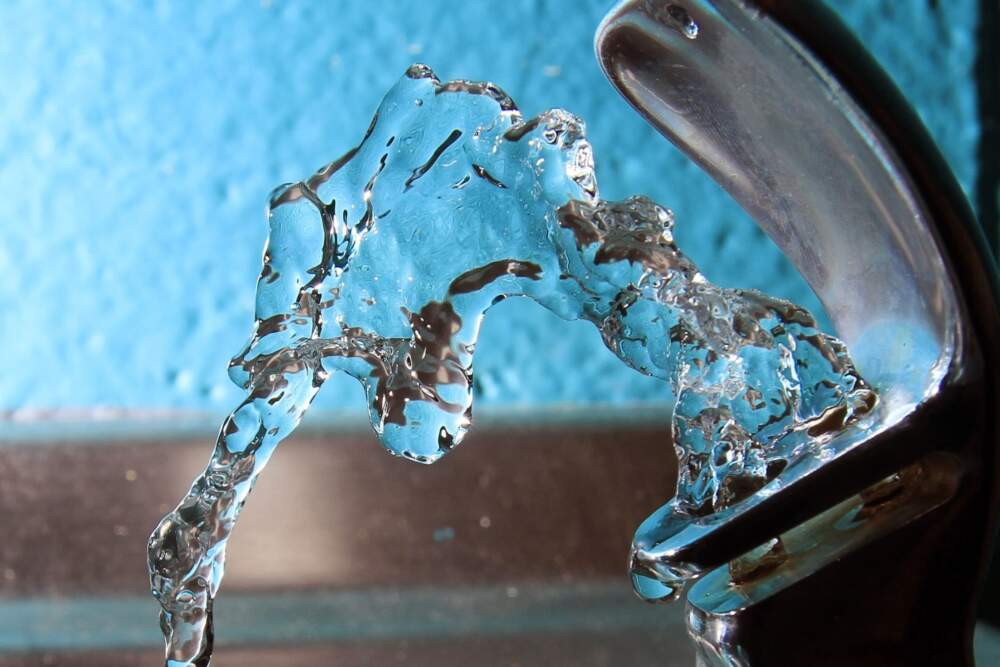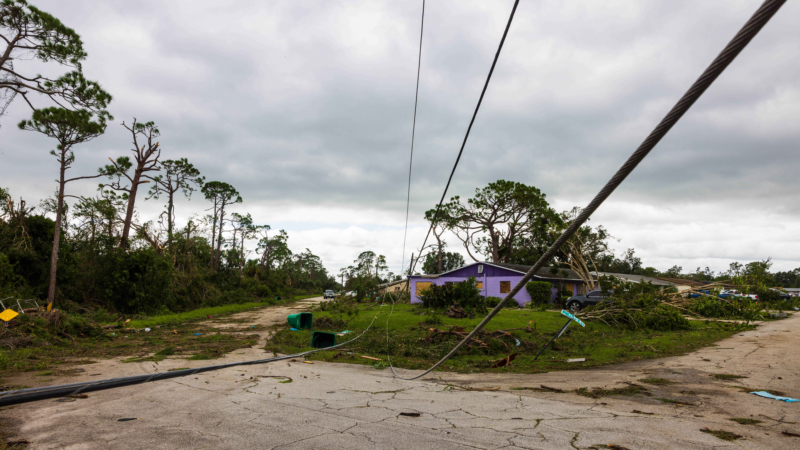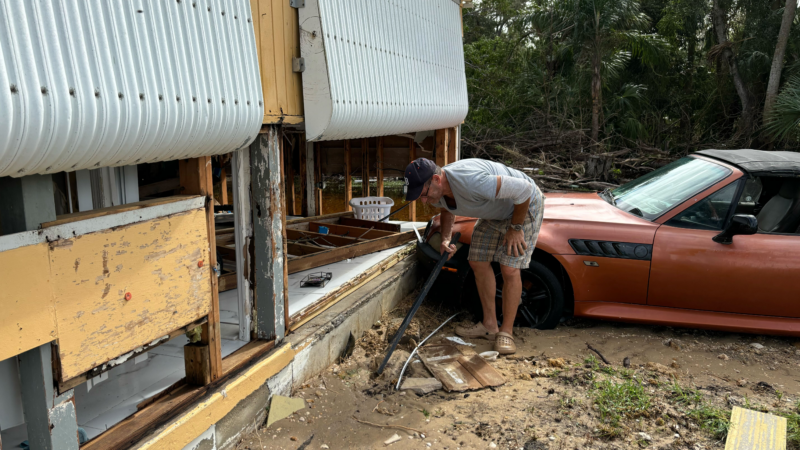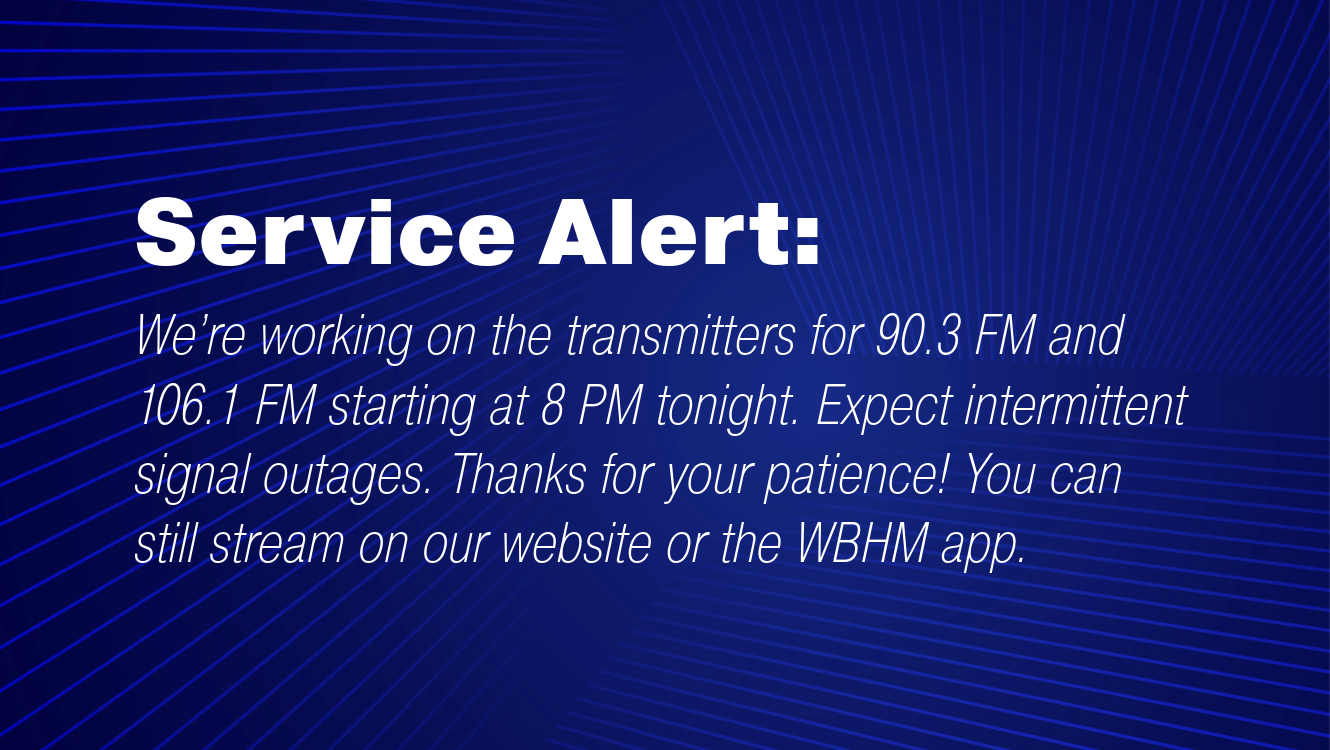The EPA has new regulations for lead in drinking water. Here’s what they mean for Massachusetts

Drinking water systems in Massachusetts must replace all lead pipes within 10 years, according to new federal regulations announced this week.
The Environmental Protection Agency will provide nearly $53.5 million to help Massachusetts meet this goal, though industry advocates warn this will not be enough to fully cover the cost without price hikes for water customers.
The new rule, announced on Tuesday, also lowers the so-called “action level” for lead from 15 to 10 parts per billion. Water systems that continuously exceed this level are required to conduct additional outreach and offer water filters to consumers.
There is no safe level of lead, according to the EPA. Lead is a potent neurotoxin that, in children, can harm mental and physical development, slow learning and irreversibly damage the brain. In adults, lead exposure can cause increased blood pressure, kidney damage and other health risks.
The EPA estimates that up to 9 million American homes get their water through lead service pipes, many of which are located in lower-income communities and communities of color.
“Everyone deserves safe, clean water in their homes, no matter where they live or how much they earn,” said EPA Regional Administrator David Cash in a statement. The new regulations “are helping to ensure that families and communities across New England are getting the support they need to create a safer, lead-free future for our children.”
The largest provider of drinking water in Massachusetts, the Massachusetts Water Resources Authority, does not have any lead pipes in its transmission system. However, some communities receiving MWRA water still have lead infrastructure in local distribution pipes and service connections, according to Sean Navin, MWRA director of intergovernmental affairs. Navin said the MWRA offers grants and no-interest loans to customer communities to replace lead service lines.
Despite the various sources of funding available, industry advocates expressed concern about the cost of complying with the new lead rule, especially as it comes shortly after the rollout of strict new regulations on PFAS, also known as “forever chemicals,” in drinking water. Jennifer Pederson, executive director of the Massachusetts Water Works Association, said water prices for customers would likely increase in coming years as water suppliers upgrade their infrastructure.
“Certainly, it is a worthy goal to remove all lead service lines within 10 years, but it is ambitious, especially for older cities where there may be more lead lines,” said Pederson. “The funding being given by the federal government will not be sufficient to complete all the work and we worry about contractor availability and supplies to complete all this work nationwide within the next 10 years.”
The full extent of lead service pipes in Massachusetts is not yet known. As part of the new regulations, every community in Massachusetts must submit an inventory of service lines by October 16th, and will notify all consumers served by a lead service line (or one of unknown material) by November 15th.
Residents with concerns about lead in home drinking water can ask their local water department if there are lead service lines leading to their homes, or get their water tested. Strategies to reduce exposure include running tap water before using it for drinking or cooking; buying plumbing fixtures that have zero- or low-lead levels; or using a filter that is certified to reduce lead.
This article was originally published on WBUR.org.
There’s been 38 eyewitness-reported tornados in Florida: Why did Milton cause so many?
“We ended up with 126 tornado warnings” in Florida, Matthew Elliott, the warning coordination meteorologist at the National Weather Service’s Storm Prediction Center, told NPR.
What we know about the tornadoes that accompanied Hurricane Milton
Dozens of tornados touched down ahead of Hurricane Milton making landfill. They aren't uncommon but there were a lot. While climate change can influence hurricanes, the link with tornados isn't there.
Floridians survey Milton’s damage and get ready for a lengthy recovery
More than 3 million Floridians were without power after Milton. In some areas like Siesta Key, damage was severe. In Sarasota, many residents were thankful things were not worse.
Asian American voters can make a big difference in tight elections
Asian Americans are the fastest growing voting group in the U.S., and helped deliver victories for Democrats in 2020. We travel to Philadelphia to look at the role AAPI voters are playing in 2024.
Residents of Cancer Alley have fewer protections against environmental discrimination
People who live in one of the nation's most toxic areas for air pollution -- known as Cancer Alley -- have lost the ability to sue for protection from environmental racism.
What a Hospital in War-torn Sudan Looks Like
Sudan's war has displaced more than 10 million people and half the country faces starvations. The country's medical services have collapsed leaving a patchwork of charities, local groups and the Sudanese diaspora to try to provide what health care they can. NPR's Africa correspondent takes us to one of the few remaining hospitals, near the Sudanese capital.




